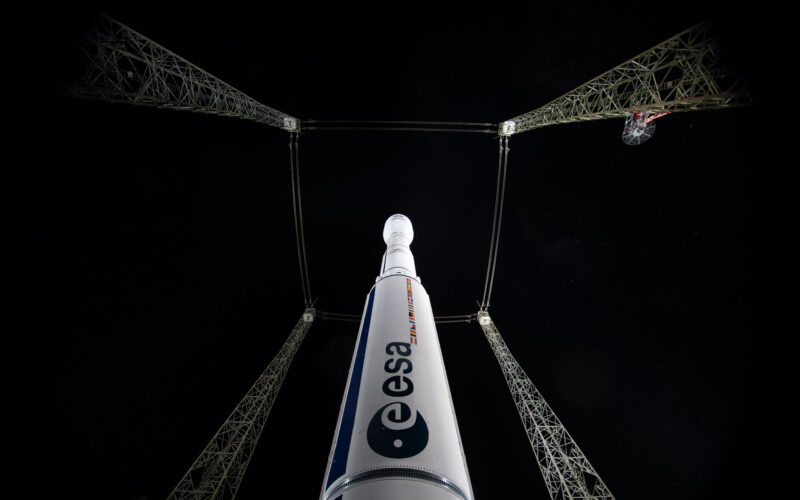The new European rocket Vega-C completed its maiden mission on July 13, 2022.
The 35-meter-tall rocket took off from the Guiana Space Centre (CSG) in Kourou, French Guiana and, after a little over two hours, it delivered its payload at an altitude of around 5,900 kilometers. The Italian scientific satellite LARES-2, intended to study the effect of gravity in outer space, was delivered to orbit along with six CubeSats mini-satellites.
The Vega-C is an improved version of the Vega rocket, manufactured by the Italian company Avio and part of the Arianespace catalog. Smaller than the Ariane rocket family, its new engine and larger fairing allow for 2.2 tons of payload, an 800-kilogram improvement compared to the original launcher.
Thanks to this upgrade, the European Space Agency (ESA) is now capable of assigning missions previously carried out by the Russian Soyuz launcher. On February 26, 2022, citing EU sanctions on Russian tech companies in the wake of the invasion of Ukraine, Russia’s space agency Roscosmos stopped Soyuz flights from the Kourou spaceport.
“Today we open a new era of European launch solutions, starting with Vega-C and to be complemented by Ariane 6,” ESA Director of Space Transportation Daniel Neuenschwander said in a statement.
The Vega-C already has a busy schedule, with five launches planned in 2023, four in 2023, and four in 2024.
Vega-C VV21 liftoff (Credit: ESA – Manuel Pedoussaut)

